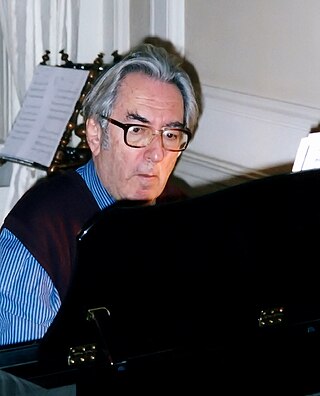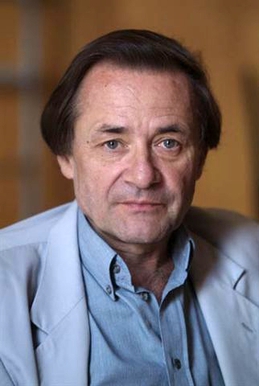
István Kertész was an internationally acclaimed Hungarian orchestral and operatic conductor who, throughout his brief career led many of the world's great orchestras, including the Cleveland, Chicago, Philadelphia, New York, Los Angeles, Pittsburgh, Detroit, San Francisco and Minnesota Orchestras in the United States, as well as the London Symphony, Vienna Philharmonic, Berlin Philharmonic, Royal Concertgebouw Orchestra, Israel Philharmonic, and L'Orchestre de la Suisse Romande. His orchestral repertoire numbered over 450 works from all periods, and was matched by a repertoire of some sixty operas ranging from Mozart, Verdi, Puccini and Wagner to the more contemporary Prokofiev, Bartók, Britten, Kodály, Poulenc and Janáček. Kertész was part of a musical tradition that produced fellow Hungarian conductors Fritz Reiner, Antal Doráti, János Ferencsik, Eugene Ormandy, George Szell, János Fürst, Ferenc Fricsay, and Georg Solti.

Ernst von Dohnányi was a Hungarian composer, pianist and conductor. He used a German form of his name on most published compositions.
André Gertler was a Hungarian classical violinist and teacher. Professor at the Royal Conservatory of Brussels (1940–1977), Professor at the Cologne Academy of Music (1954–1957), Professor at the College of Music in Hannover (1964), founder and leader of the Gertler Quartet.

Tibor Serly was a Hungarian violist, violinist, and composer.

Tibor Varga was a Hungarian violinist, conductor, and world renowned music teacher who developed pedagogic methods for teaching string music. He was a founding member of the string department in the Detmold music conservatory.

János Sebestyén was a Hungarian organist, harpsichordist, pianist and journalist.

András Ligeti was a Hungarian classical violinist and conductor who worked internationally. He was chief conductor of the Hungarian State Opera House until 1985, and chief conductor to the Budapest Symphony Orchestra from 1989 to 1993. He recorded with a focus on Hungarian music and contemporary music.

Gyula Dávid was a Hungarian violist and composer.
Thomas Rajna was a British pianist and composer of Hungarian birth. He had been domiciled in Cape Town in South Africa since 1970.

Gergely Bogányi is a Hungarian pianist. Coming from a musical family, Bogányi is one of the youngest pianists to have won the Kossuth Prize, becoming one of the leading pianists of his generation.

Dezső Ránki is a Hungarian virtuoso concert pianist with a broad repertoire and a significant discography of solo, duo and concerto works.
Kossuth, Sz. 21, BB. 31, DD. 75a is a symphonic poem composed by Béla Bartók inspired by the Hungarian politician Lajos Kossuth.
The Tátrai Quartet was a Hungarian classical string quartet founded in 1946. For the half-century after World War II it was one of the foremost string quartets in Hungary, specializing in Haydn and Bartók, whose complete quartets it recorded for Hungaroton, Mozart and Beethoven as well, and were also responsible for first performances of works by certain Hungarian composers.
Kristóf Baráti is a Hungarian classical violinist.

Pál Lukács was a Hungarian viola virtuoso, concert and recording artist, and music educator.
András Keller is a Hungarian violinist and a founder of the Keller Quartet. He also works as a director and conductor of Concerto Budapest.
Tibor Ney was a Hungarian violinist and music teacher.
Vilmos Tátrai was a Hungarian classical violinist and the founder of the Tátrai Quartet.
József Soproni was a Hungarian composer.










